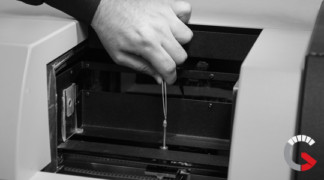Micro CT Scanning - Services
Part Inspection Lab
We help companies thoroughly investigate
parts & assemblies with our high quality
micro CT scanning services
paired with expert analytical support.


PHASE ONE
CONSULTATION
After the initial inquiry, our services begin by having an in-depth discussion with the inquiring individual and interested parties. If the fit is right for our micro CT scanning services, the feasibility review considers part/assembly type, material, regions of interest, and the objective for the CT scan.
PHASE TWO
MICRO CT SCANNING – SYSTEM MATCHING
We then match the NDT or Metrology inspection need with one of our many and highly diverse industrial CT scanning imaging machines. Our industrial lab utilizes 100kv, 150kv, 225kv microfocus CT scanning systems with flat panel detectors. If needed we also utilize high energy 450kv and 3MEV linear accelerator CT systems with LDA’s and flat panel detectors.

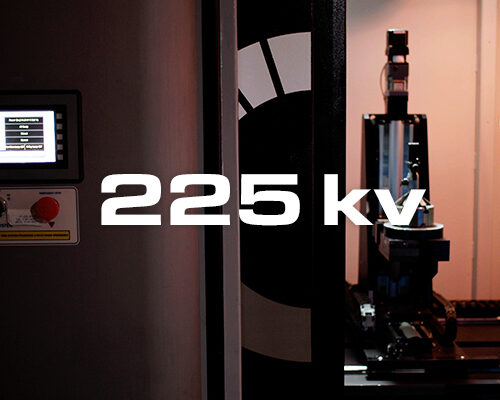


PHASE THREE
MICRO CT SCANNING – ANALYSIS
Depending on the Micro CT Scanning project, we analyze the reconstructed (3D imaging) results for either material or geometry based output requirements.
Material reporting is based upon internal density variations or percent volume changes. These types of Micro CT Scanning analysis include :
Visualizing virtual cross-sectional slices
Porosity / Inclusion Analysis (Color coded voids, inclusions, and micro pores by volumetric size or percentage)
Enhanced Porosity (Automotive Industry Specific, P201 – 50097, P202 – 50098, P203 Analysis)
Fiber Analysis (Color coded fiber directional reporting)
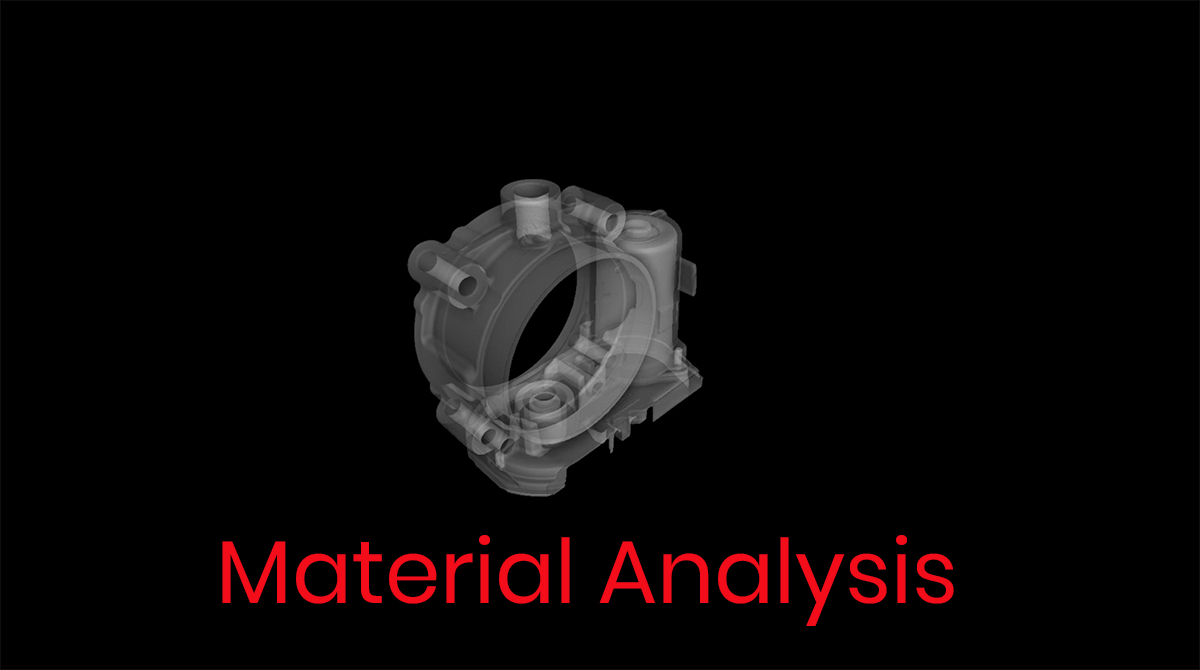
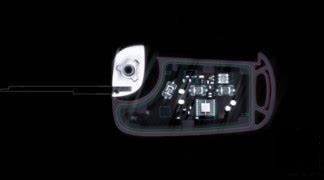
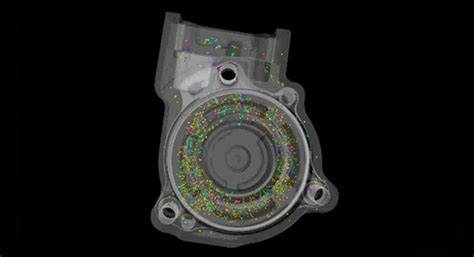
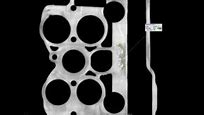
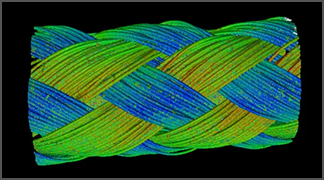
Geometry reporting is based upon measurement variations or dimensioning requirements. These types of Micro CT Scanning analysis include :
Part to CAD / Part Comparison (Color coded variations from nominal or another identical part. Alignment by: RPS, 3-2-1 alignment, best fit, sequential)
Wall Thickness Analysis (Color-coded results identifying insufficient or excessive wall thicknes)
First Article Inspection (Tolerancing based upon part print dimensions)
Enhanced FAI (AS9102 Form 3 Reporting)
Reverse Engineering (Generation of a STL file with internal & external part geometry)
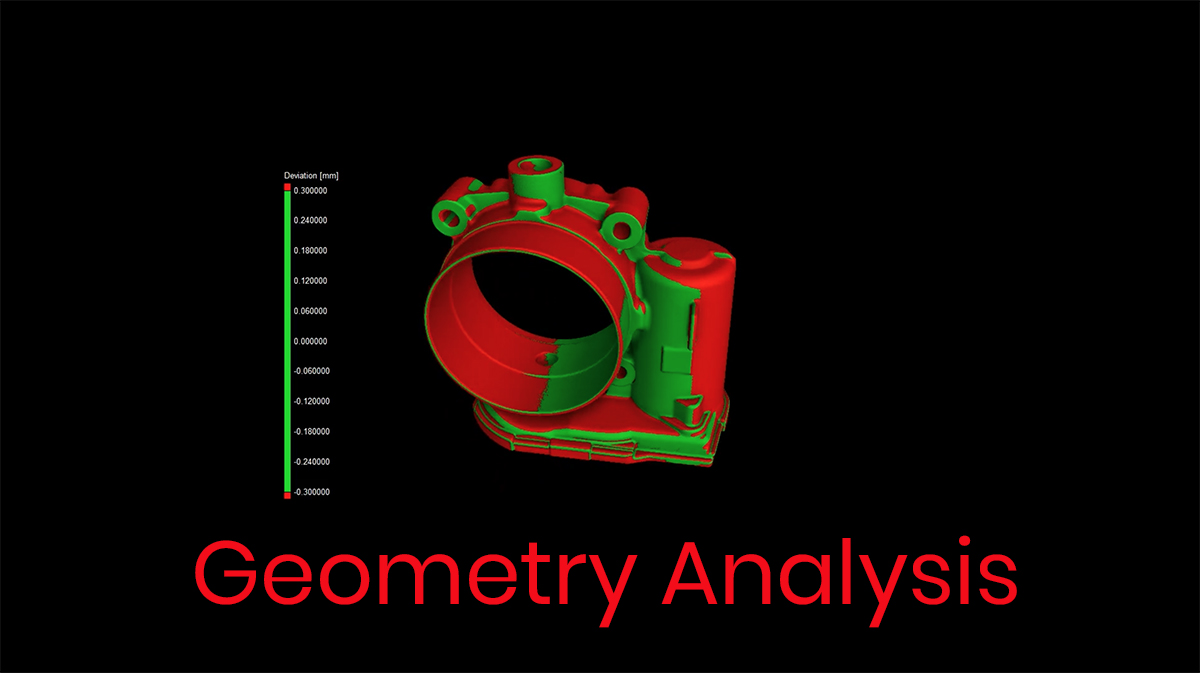
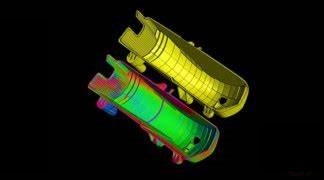
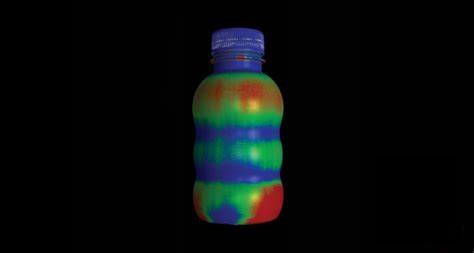
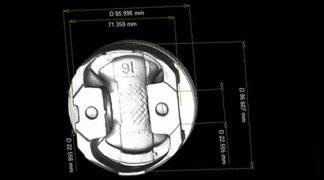

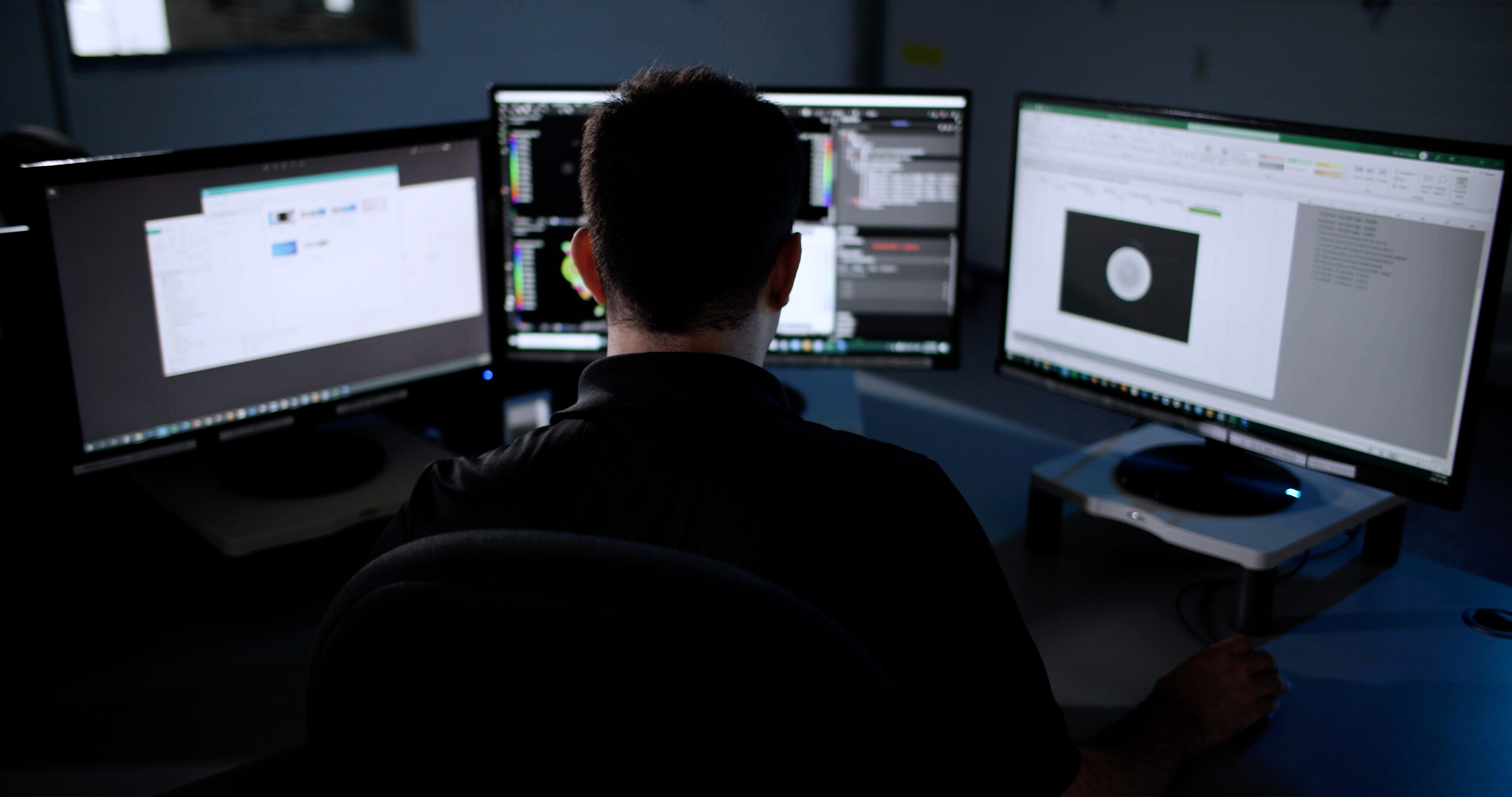
PHASE FOUR
REVIEW
As all Micro CT Scanning projects are unique, each project is finalized between our lab and the customers key decision makers over a results web conference. If required, output deliverables can vary between picture files, excel files, presentations, 3D imaging / CT dataset viewing software, or in some cases STL files.

Need more info on Micro CT Scanning?
Review our knowledge section below.
Overview
Micro CT was initially developed for medical applications for healthcare purposes. With the improvements in technology and advancements in computerized detector panels and software, micro computed tomography took off for industrial applications. Prevalent in the industry today, the technology is used for qualification and validation of aerospace components, automotive parts and medical devices. Industry leaders seek outsourced nondestructive testing labs to conduct a speedy and accurate microtomography scan for failure investigations, part geometry and internal part analysis.
What is Micro CT?
Micro CT, also known as micro CT, high resolution CT, x-ray micro CT, or microtomography, is a nondestructive method of inspection for internal and external analysis of solid subjects, based on radiographic testing techniques. Similar to the medical concept of computed axial tomography (CAT) scan, micro CT captures 2D x-ray images which are re-constructed to develop a 3D model, using a specialized software.
Micro Computed Tomography is a testing technique, providing users with extremely high resolution with exceptional internal detail. Conventional Computed Tomography differs from micro tomography, as micro CT can provide results with a much higher resolution or voxel size, providing improved detectability and exceptional accuracy. This is because of the use of micro focus x-ray energy source.
How Micro CT Scanning Works
Micro computed tomography utilizes x-ray technology in combination with a specialized software to develop a 3D rendering, with internal and external structures reflecting the scanned object. Using an x-ray source, a computerized detector panel and a specialized software to compute the data and reconstruct the x-ray tomography images, a Micro-CT scanner provides high resolution results.
X-ray source: The x-ray source is a small spot size micro focus energy source. Micro focus CT allows users to obtain high detail results, although it utilizes less energy and is developed to scan small to medium sized objects. For example, aluminum castings can be scanned using a Micro CT Scanning system, allowing viewers to access internal geometry and failures such as porosity, with very high resolution or voxel size. Comparative to conventional testing x-ray sources, micro focus generates a narrow, micro sized focal point which provides improved accuracy and detectability.
Computerized detector panel: The detector panel is placed on the opposite side of the x-ray source, so all radiation is directed toward the recording medium. The object to be scanned is placed between the x-ray source and the detector panel. A detector panel, commonly a CCD camera, is utilized to capture and transform the x-ray energy into 2D cross sectional images. These images are captured at pre-determined increments, as the object rotates 360 degrees.
Specialized software: A software is utilized to compute the data and images captured by the detector panel, in order to stack all the 2D cross sectional x-ray slices and develop a 3D rendering. The 3D model is further utilized for extensive internal and external part analysis, including failure investigation, dimensional analysis and wall thickness.
Radiographic Testing Technique
Although there are several different radiographic testing techniques, for the purpose of micro CT scanning, x-radiation is utilized. Other forms of radiography include gamma radiation and neutron radiation. X-ray sources rely on electricity to generate radiation. The concept of x-rays involve the acceleration of electrons, which forcefully decelerate when they come into contact with an atomic particle. For microtomography, electrically powered x-ray sources generate radiation, which is captured and reconstructed into usable data.
Applications
The technology has many different types of applications, regardless of the industry. With high resolution results, users are able to gain insights on their parts and processes, throughout the manufacturing life cycle of a part:
- Pre-production
- Design & analysis
- Prototyping
- Qualify and validate part components
- Additive manufacturing
- Reverse engineering
- Dimensional analysis
- Production
- Approval process
- Quality control management tool
- Failure detection
- Dimensional analysis
- Failure Investigation
- Access internal porosity, cracks, defects, inclusions
- Dimensional analysis
- Comparison analysis
- Part to CAD
- Wall thickness analysis
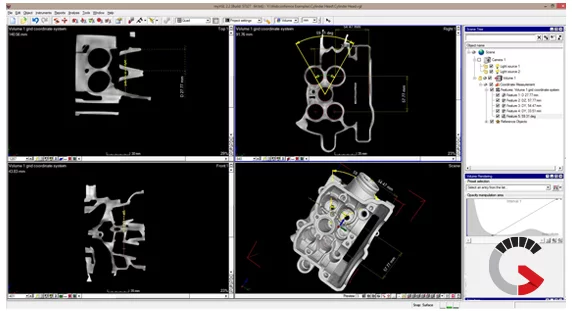
Benefits
Micro CT scanning provides users with limitless opportunities in regards to gaining internal access to a solid object, with high accuracy and without cutting it open. Micro CT has been integrated in the medical industry for healthcare purposes, diagnosing patients and for treatment. The technology was soon utilized and implemented for industrial applications, allowing manufacturers to attain insight of engineered components for the aerospace, medical device, automotive and packaging industry. Common benefits of such a technology for industrial applications include:
- Nondestructive method of inspection
- Internal and external part analysis
- Reduce time to production
- Reduce cost of manufacturing test subject
- Compatible with all industries and most materials
- Accurate data
- 3D composition of results
- Access to 2D cross sectional slices to analyze certain area
